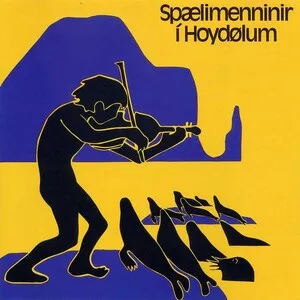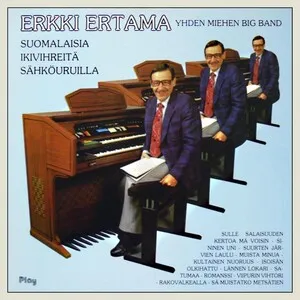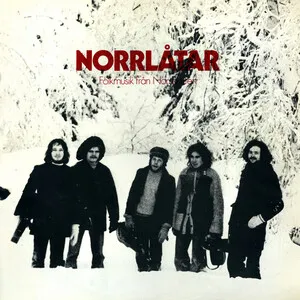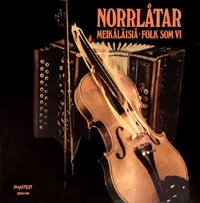Nordic old time dance music (often called gammaldans in Swedish and Norwegian, and pelimanni music in Finnish contexts) is the Nordic take on the pan-European couple-dance repertoire that swept the continent in the 19th century. It centers on waltz, schottische (reinlender), polka, mazurka, and the Swedish hambo, performed for social dancing in village halls, farm kitchens, and civic gatherings.
The sound is melody‑driven and highly danceable, led by fiddle and accordion (both diatonic/button and later piano accordion), with harmonium, guitar, and double bass providing rhythmic and harmonic support. Tunes typically come in compact two‑strain forms (AABB), in friendly fiddle keys (G, D, A), with a buoyant lilt and clear phrasing tailored to the steps. While the music is mostly major‑mode and upbeat, it also includes tender waltzes and stately mazurkas that add romantic and nostalgic shades.
Waltz, polka, schottische, and mazurka emerged or crystallized in Central and Western Europe during the early–mid 1800s and rapidly spread north via urban ballrooms, itinerant musicians, and printed tune books. Nordic rural players—spelmän in Sweden, spelemenn in Norway, and pelimannit in Finland—adapted this new fashion to local taste, instrumentation, and dance culture. By the late 19th century the core “old‑time” set (waltz, polka, schottische/reinlender, mazurka) was firmly naturalized across the region, joined in Sweden by the hambo (a late‑19th‑century couple dance with polska ancestry).
Around 1900–1930 the button and piano accordion boomed in the Nordics, becoming a lead instrument alongside the fiddle. Dance bands and solo stars recorded brisk polkas and sweet waltzes for shellac discs, radio, and later 78s, cementing a repertoire that balanced simple, catchy melodies with strong dance pulse. Local tune printers and collectors circulated versions of the same dances under regional names (e.g., reinlender for schottische), contributing to a shared yet localized tradition.
After World War II, urban popular styles competed with village dances, but social dance clubs, amateur spelmanslag (fiddlers’ ensembles), and folk festivals kept the tradition active. In Finland the pelimanni revival centered on Kaustinen sustained the dance‑tune canon; in Sweden and Norway, folk associations fostered both local style and cross‑regional sharing. The music also fed into popular “dansband” culture and, later, informed folk‑rock projects that brought the old dance set to new audiences.
Today, Nordic old time dance music remains a living dance tradition at community gatherings, festivals, and workshops. Professional and community ensembles perform classic gammaldans sets, and younger players blend the repertoire with contemporary arrangement, while maintaining the essential purpose: music that fits the feet.








